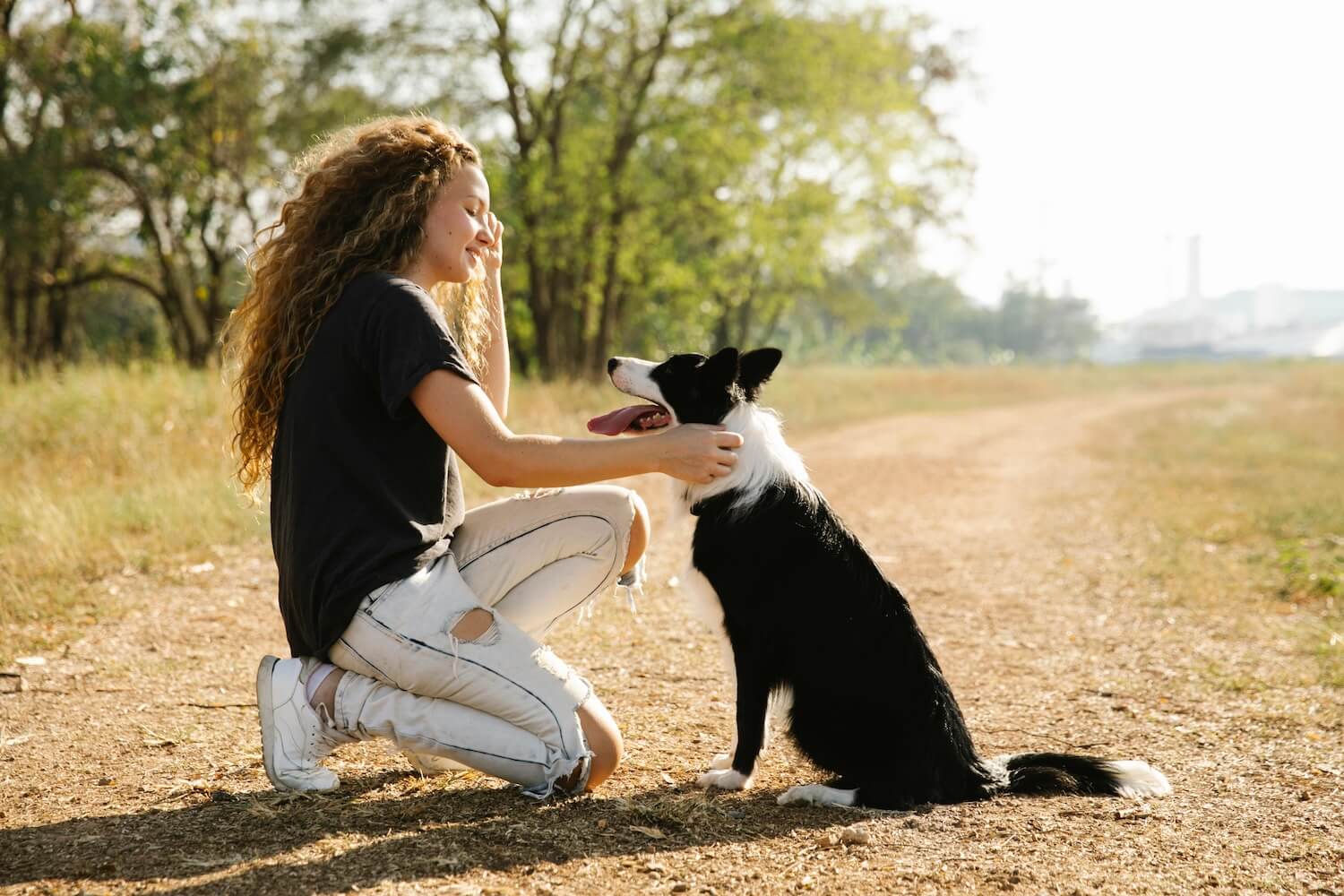'You need to be more interesting to your dog.'
Ouch. That’s the first thing our dog trainer told me when I complained to her about Millie’s scavenging tendency. I adopted Millie back in May, and she had a love for leaves, seeds, sticks, plants, and paper of all forms from day one.
Outdoor scavenging woes
At first, we laughed it off, thinking it was puppy behaviour, but days went by, and her obsession was preventing her from having proper walks. We had to dig things out of her mouth, and she would go for every single leaf, flower, and seed she could find. She even started eating soil!
Walking with her wasn’t enjoyable, and it honestly stressed me out. I taught her the ‘leave it’ and ‘heel’ commands, which helped reduce the number of things she picked up and kept her eyes on me, but the obsession continued.
The Googling and watching of training videos obviously weren’t working well. I could either pray that it was just a puppy phase or engage professional help. Feeling overwhelmed, I chose the latter.
Be interesting to your dog
Our trainer, Ashley, taught us that the connection with their dog is the first thing any dog parent needs to work on. No commands, just attention. Millie needs to think that we are the most interesting thing around, no matter the environment. Yes, the hard truth was that she found leaves and flowers more interesting than us, her dog parents. Now, I never thought of myself as boring, but when I looked at the situation, I was indeed less than the wonders nature (and many times, trash) had to offer, to Millie at least.
So, how did we begin to fix this? At home, we did treat tossing. I threw a treat, she picked it up, and when she looked or came my direction, I tossed another. This taught her that paying attention to me was rewarding.
Outside, I had to act almost like Energizer Bunny, calling her name, sounding excited, changing directions and speeds, and randomly asking her to do tricks and ‘touch’. She was well-compensated with treats, of course. And that leads me to the next game-changer: changing her treats to higher value ones (thank you, Green Juju Whole Food Bites). Instant improvement in getting her attention. Mind you, her treats were high quality to start with, but her situation called for us to up the ante.
All these efforts worked together to significantly reduce her scavenging behaviour. She was paying more attention, coming back when called (most times), and having better walks, sniffing and walking without picking up things on the ground.
Recap on what worked:
* Bonding activities through simple treat toss and play
* Using high-value treats for difficult tasks
* Being animated and energetic, and making walks and play fun and varied
* Keeping walks minimal to avoid temptations. Instead, working on building a connection with Millie at home or within a clean area outdoors
There were people who told me that their puppy’s scavenging behaviour stopped with time, or even overnight, when their puppy turned one. Maybe it would have been the same with Millie, but I wasn’t risking it. For the sake of my sanity, I needed it to stop ASAP.
Connection first, everything second
Building a connection is beneficial beyond a singular behaviourial issue. If we think about it, it really is the foundation for building a great relationship with your dog.
If your puppy is also giving you a hard time, who knows? You may just be too boring! Time to switch things up and make things fun. Good luck!
Photo by Blue Bird.


